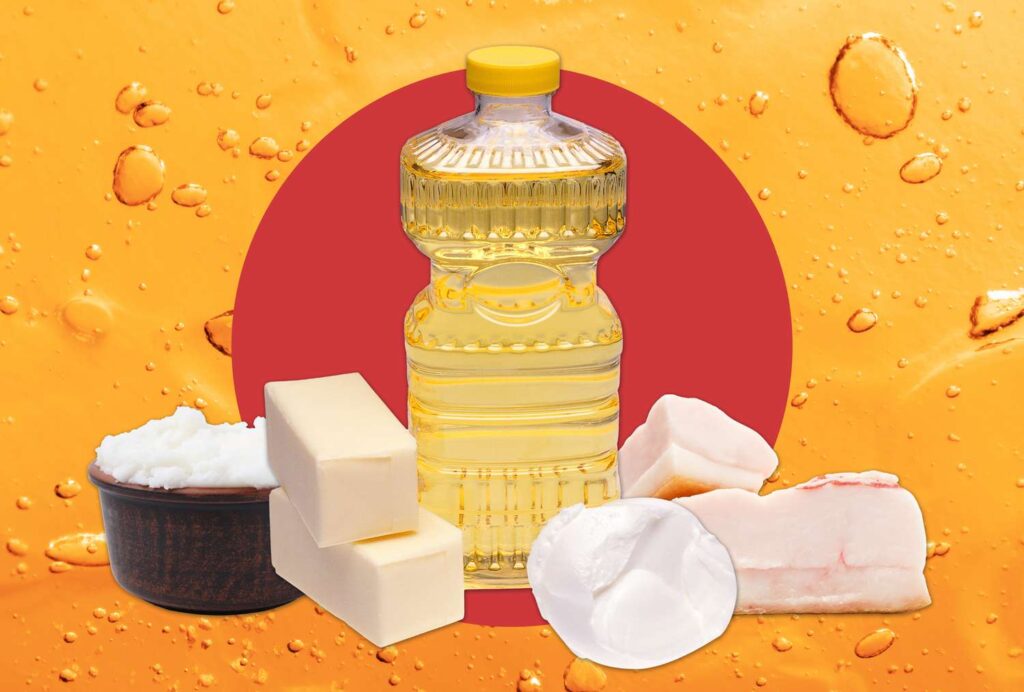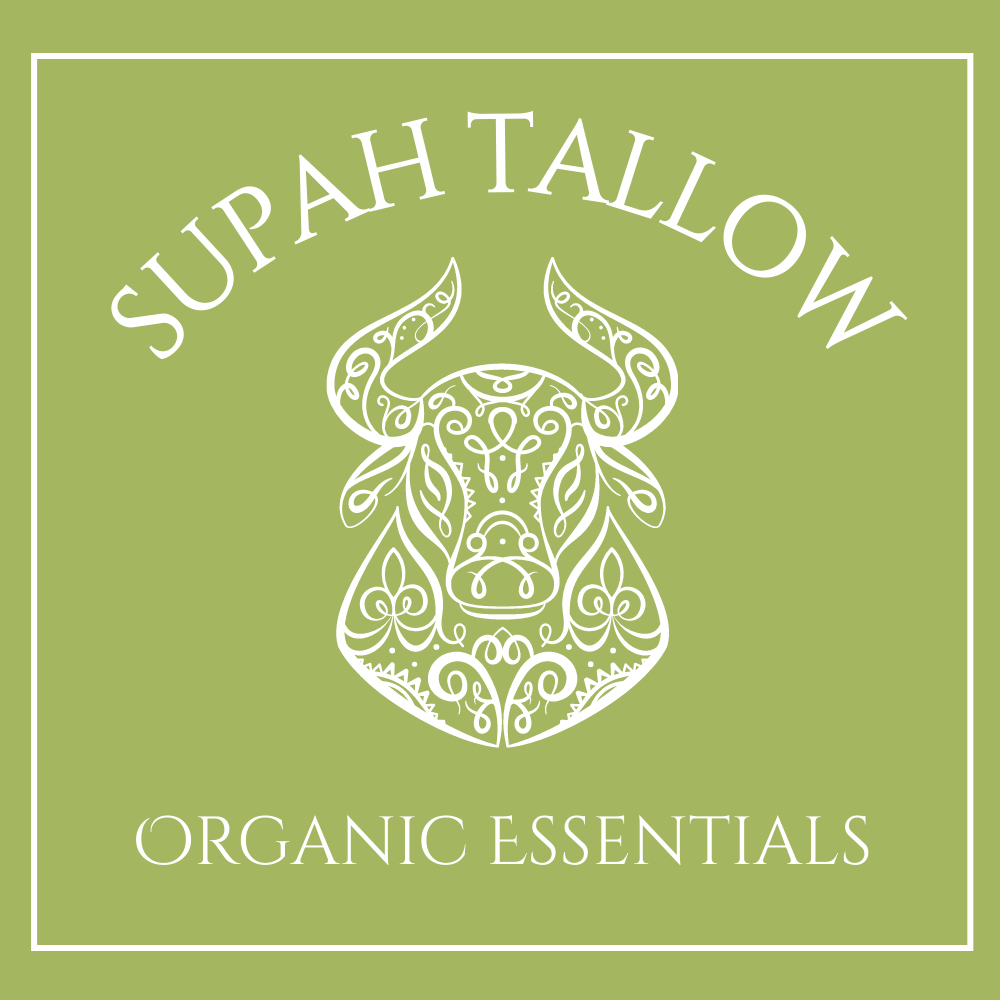
Tallow, a rendered form of animal fat, has been an essential part of human life for centuries. From ancient civilizations to modern skincare, tallow has played a crucial role in everything from cooking and candle-making to skincare and medicine. While often overlooked today in favor of synthetic alternatives, this natural, nutrient-rich substance has a rich history that proves its enduring value.
Ancient Civilizations: Tallow as a Multi-Purpose Resource
The use of tallow dates back thousands of years. Early civilizations, including the Egyptians, Greeks, and Romans, recognized the benefits of animal fat for various applications. Egyptians used tallow-based ointments for skincare, believing in its ability to nourish and protect the skin from harsh desert climates. Romans, known for their advanced bathing culture, incorporated tallow into their soaps and balms.
Meanwhile, in ancient China and India, tallow was a crucial ingredient in early lamps and candles, providing a reliable source of light long before modern alternatives existed.
Medieval Europe: Tallow in Daily Life
During the Middle Ages, tallow became a household staple across Europe. People used it extensively for cooking, soap-making, and candle production. Since beeswax was expensive and reserved for the wealthy or the church, tallow candles became the primary source of illumination for the common people. While they burned with a slightly smoky odor, they were affordable and accessible.
Tallow soap was also widely used during this time, providing one of the earliest forms of personal hygiene. Unlike today’s commercial soaps filled with synthetic ingredients, traditional tallow soap was simple, effective, and deeply moisturizing.
The Industrial Revolution: A Shift in Use
With the rise of industrialization in the 18th and 19th centuries, tallow remained an important commodity. Factories used it as a lubricant for machinery, and it was a key ingredient in early commercial soap and candle production. However, as petroleum-based products and synthetic alternatives emerged, the use of tallow in industrial applications declined.
The introduction of vegetable oils and synthetic fats in the early 20th century further pushed tallow out of mainstream use, particularly in skincare and household products. Many traditional tallow-based items were replaced by cheaper, mass-produced alternatives.
Tallow in Modern Times: A Resurgence in Skincare
In recent years, tallow has made a remarkable comeback, especially in natural skincare. As people seek alternatives to chemical-laden beauty products, tallow’s nourishing, bioavailable properties have gained recognition once again. Rich in vitamins A, D, E, and K, tallow closely mimics human skin oils, making it an excellent moisturizer for dry and sensitive skin.
Many small businesses and artisan brands are now reviving the tradition of tallow-based balms, soaps, and creams, highlighting its sustainability and effectiveness. Additionally, those following ancestral diets, such as the carnivore and paleo movements, are embracing tallow as a natural cooking fat due to its high nutrient content and stability at high temperatures.
